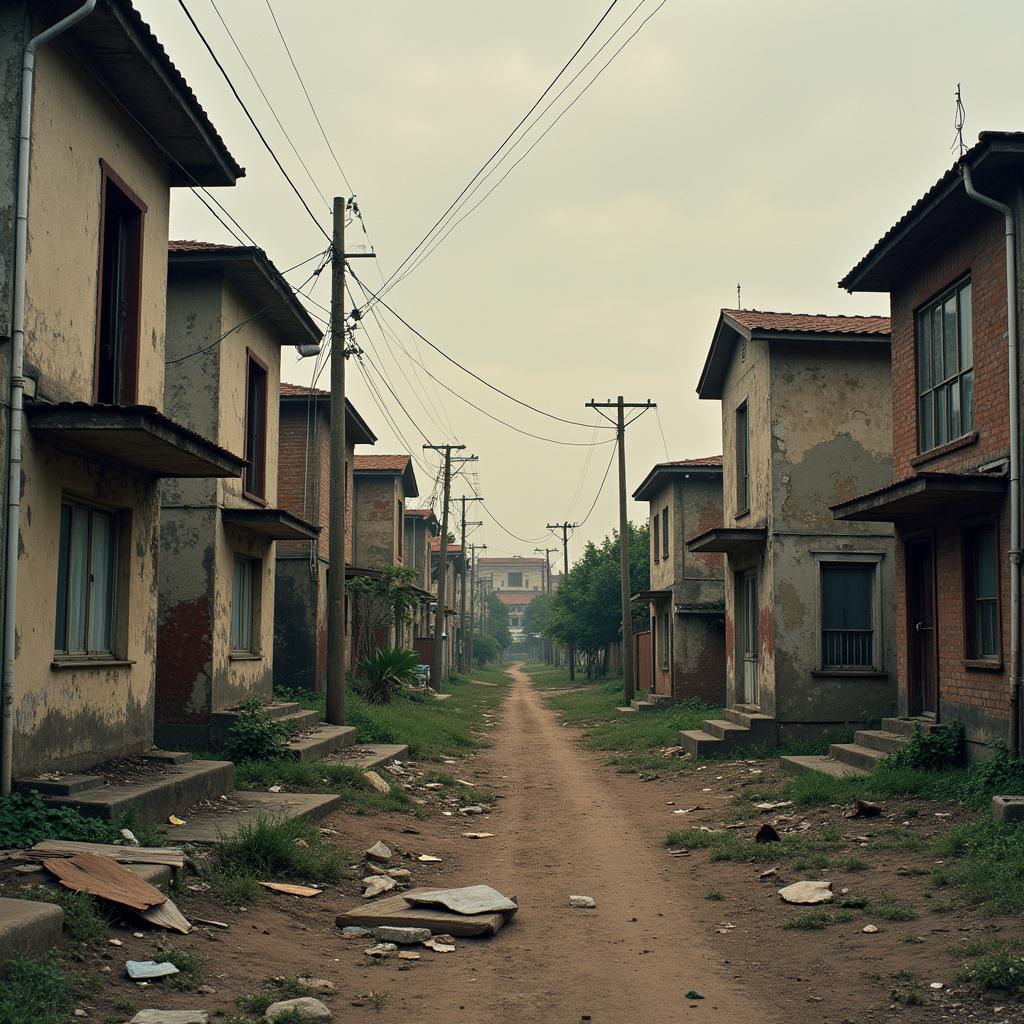Exploring Vibrant African American Cities
African American Cities have played a pivotal role in shaping the cultural, social, and political landscape of the United States. These urban centers, rich with history and resilience, offer a unique lens into the African American experience, from the struggles of the past to the triumphs of the present. This article delves into the significance of these cities, highlighting their contributions and exploring their ongoing evolution.
A Journey Through History: The Rise of African American Urban Centers
From the Great Migration to the Civil Rights Movement, African American cities have served as both refuge and launching pad. These urban spaces became hubs for Black culture, fostering artistic expression, political activism, and economic empowerment. Cities like Chicago, Detroit, and Atlanta witnessed a significant influx of African Americans seeking better opportunities and escaping the oppressive conditions of the South. This migration led to the development of thriving Black communities, businesses, and institutions, laying the foundation for the vibrant cultural landscapes we see today.
The establishment of Black churches, newspapers, and social organizations further strengthened these communities, providing essential support and fostering a sense of collective identity. For example, the Chicago Defender, a prominent Black newspaper, played a crucial role in encouraging African Americans to migrate north.
Cultural Hubs: The Heartbeat of African American Expression
African American cities have long been recognized as centers of artistic innovation, giving birth to groundbreaking movements in music, literature, and art. From the soulful sounds of Motown in Detroit to the literary renaissance of the Harlem Renaissance in New York City, these urban environments have nurtured countless Black artists and intellectuals. These cities continue to be incubators for contemporary Black art, music, and literature, reflecting the evolving experiences and perspectives of African Americans. Check out resources on African American anime girl characters if you’re interested in representation in animation.
Facing Challenges, Building Futures: Addressing Urban Issues in African American Communities
While African American cities have achieved remarkable progress, they also face persistent challenges, including systemic inequality, economic disparities, and limited access to resources. Understanding these challenges is crucial to developing effective solutions and ensuring equitable opportunities for all residents. These issues often intersect with other societal factors, creating complex problems that require multifaceted approaches. Understanding the demographics, such as the African American population in Indiana, can help tailor solutions to specific needs.
“Addressing the root causes of inequality is essential to creating thriving and sustainable communities,” says Dr. Anika Nkosi, an urban sociologist specializing in African American communities. “We need to invest in education, affordable housing, and economic development initiatives that empower residents and create pathways to prosperity.”
What Makes an African American City?
This question often arises and deserves exploration. While demographics play a role, it’s more than just population numbers. It’s about the cultural impact, the historical significance, and the ongoing contributions to the African American experience. It’s about the unique blend of traditions, resilience, and innovation that shapes these urban landscapes. Sometimes, exploring the interplay of different cultures, like the African and European mix, can offer valuable insights.
Conclusion: Celebrating the Legacy and Future of African American Cities
African American cities represent a vital thread in the fabric of American history and culture. Their stories of resilience, innovation, and cultural richness continue to inspire and shape the nation. By understanding their past and addressing their present challenges, we can build a future where these cities thrive and continue to be beacons of hope and opportunity. For further understanding about time zones in different regions, you might find information on 11 am South African time helpful. Exploring diverse culinary traditions, like African fresh catfish recipes, can also offer a deeper appreciation of the richness of these cultures. African American cities hold a special place in American history and culture, and understanding their journey is crucial to appreciating the diversity and complexity of the nation.
FAQ:
- What is the Great Migration? The Great Migration refers to the mass movement of African Americans from the rural South to the urban North, Midwest, and West between 1916 and 1970.
- What was the Harlem Renaissance? The Harlem Renaissance was a cultural, social, and artistic movement that flourished in Harlem, New York City, during the 1920s.
- What are some current challenges facing African American cities? Many African American cities face challenges such as economic disparities, systemic inequality, and limited access to resources.
- How can we support the growth of African American cities? Supporting initiatives focused on education, economic development, and community empowerment can contribute to the growth of these cities.
- Why is it important to learn about African American cities? Understanding the history and contributions of African American cities is crucial to understanding the broader American experience.
For any further assistance, please contact us: Phone: +255768904061, Email: [email protected] or visit us at Mbarali DC Mawindi, Kangaga, Tanzania. We have a 24/7 customer service team.

